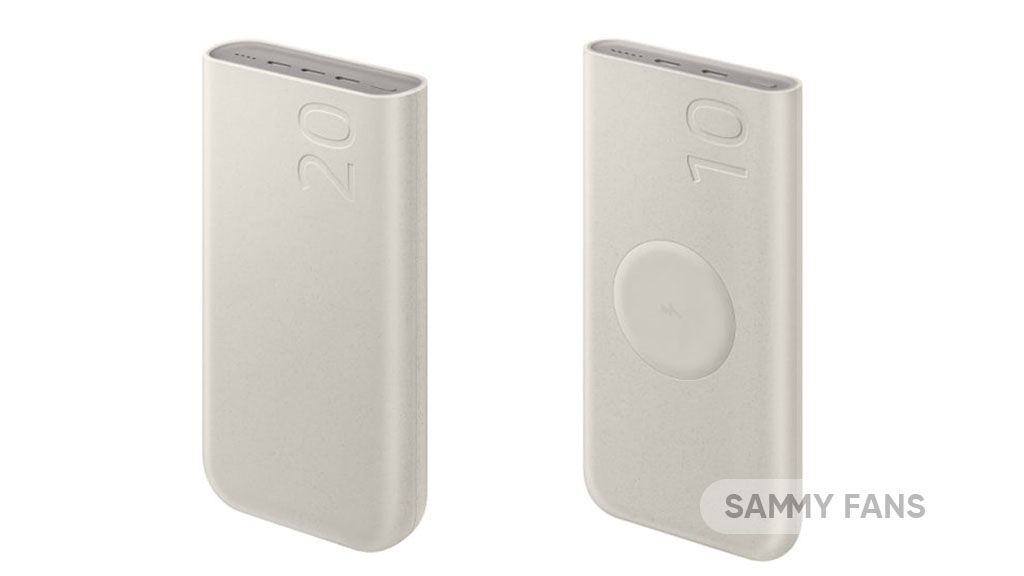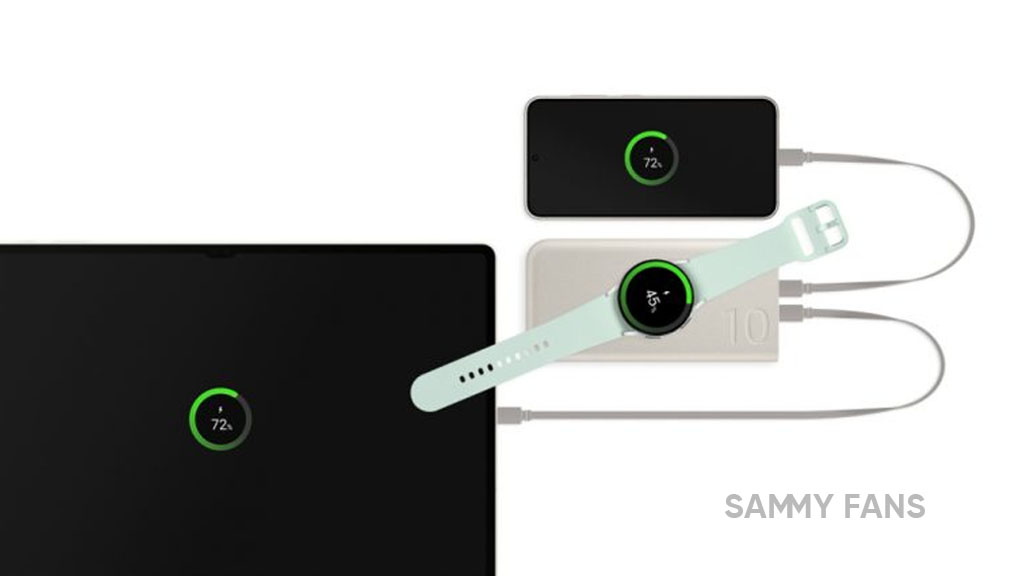Technology
Google to optimize Play Store App evaluation system

Google has officially announced that the Play Store will push a long-term improvement plan to create a more personalized scoring mechanism that can reflect the expectations of each user and make it easier for developers to navigate and use:
- Starting November, smartphone users can view the exclusive scores of the country/region where they are registered
- In early 2022, users of other devices such as tablets, Chromebooks, and wearables can view their device’s unique ratings.

Google said that scoring can help users decide which app to download, while also affecting the selected content and ranking on the Play Store. However, the comprehensive score sometimes does not accurately reflect the real situation as application experience will vary depending on the user’s region and device type.
Therefore, starting from November this year, the official will provide scores based on the registration area of individual users, and will further provide scores based on different device types at a later date.
In early next year, Google will further update the scoring function to subdivide the devices used when users browse the Play Store into tablet devices, foldable devices, Chrome OS, Wear, or Auto. This helps users to better choose the equipment they use.
Aside from this, the Google Play Management Center will also be optimized:
Device type data analysis: A new device type dimension is added to the rating page, and a device type filter is added to the rating so that developers can easily view the rating of tablet device users on the application or the rating of users in Chrome OS content.
Join SammyFans on Telegram
More flexible date and time filtering: Developers can individually select the time period they want to draw (from the last 28 days to the complete application life cycle), and freely integrate score data (daily, weekly or every 28 days) to obtain More granular data over a longer period of time.
Easily download data: Support downloading average data and score distribution of apps in CSV format. Combined with the new data filtering options, developers can easily query and download more data, and perform offline analysis.
News
Samsung launches two eco-friendly battery packs

Samsung has unveiled two new battery packs with powerful performance using recycled materials. The launch, scheduled for the 19th, introduces the PD Battery Pack 20,000 mAh and the PD Wireless Charging Battery Pack 10,000 mAh. Both of these battery incorporate 30% UL-certified recycled plastic in their design, marking a stride in reducing carbon emissions.
The ‘PD Battery Pack 20,000 mAh’ offers a high capacity for charging, with a maximum output of 45W and three USB-C ports, allowing for simultaneously charging multiple devices. However, the actual charging speed may vary based on several factors, including the devices connected and charging conditions.

On the other hand, the ‘PD Wireless Charging Battery Pack 10,000 mAh’ provides the convenience of wireless charging, along with a wired charging capability of up to 25W. It comes with two USB-C ports, making it possible to charge up to three devices at once when combining wired and wireless charging.

Both battery packs comply with the USB PD 3.0 standard, ensuring quick and efficient charging for Samsung Galaxy products and other compatible devices.

Technology
A new on-device AI memory is on the way: LPDDR6 standard will be finalized in Q3 2024

The LPDDR6 market is expected to bloom as early as next year, as the new on-device AI memory is on the way with the latest LPDDR6 standard finalization taking place in Q3 2024. If the standard is confirmed in the third quarter, LPDDR will secure a new standard for the first time in five years.
Going toward the details, the International Semiconductor Standard Organization (JEDEC) recently held discussions on the next-generation mobile RAM standard. The meeting proceeded with the finalization process to finalize the LPDDR6 standard.
An official in the semiconductor industry said,
- “We have held various discussions to confirm the LPDDR6 standard specification,” and it will be released in the third quarter of this year.”
To be mentioned, the JEDEC is a private organization that establishes semiconductor standards, that is, sizes and specifications, and more than 60 people from memory, system semiconductor, and design asset (IP) companies participated in this Lisbon meeting.
Follow our socials → Google News | Telegram | X/Twitter | Facebook | WhatsApp
Furthermore, the LPDDR6 standard will be established with a focus on improving data processing performance as the demand for on-device AI to perform large-scale AI calculations on smartphones, laptops, and tablet PCs is rapidly increasing. In addition, the power consumption standard will also be improved.
However, once the LPDDR6 standard is confirmed, major memory manufacturers such as Samsung Electronics and SK Hynix are expected to begin commercializing their products in earnest.

Technology
Microsoft unveils Copilot for Finance to simplify Excel and Outlook tasks

Microsoft has announced the launch of a new AI chatbot that can help finance workers with common tasks in Excel and Outlook. The Copilot for Finance is currently in public preview and will be available for purchase soon.
The Copilot for Finance is part of Microsoft’s vision to empower every department with a Copilot, a smart assistant that can generate natural-sounding text or other content with minimal human input.
Follow our socials → Google News | Telegram | X/Twitter | Facebook | WhatsApp
As per the information (via CNBC), the Copilot for Finance can perform functions such as variance analysis, data reconciliation, and collections process in Outlook, using data from SAP and Microsoft Dynamics 365. Microsoft plans to add more features to the Copilot for Finance later this year.
Microsoft’s corporate vice president Charles Lamanna said that the Copilot for Finance was developed with input from Microsoft’s finance department. He also said that the Japanese advertising agency Dentsu will be one of the first customers to use the Copilot for Finance.

